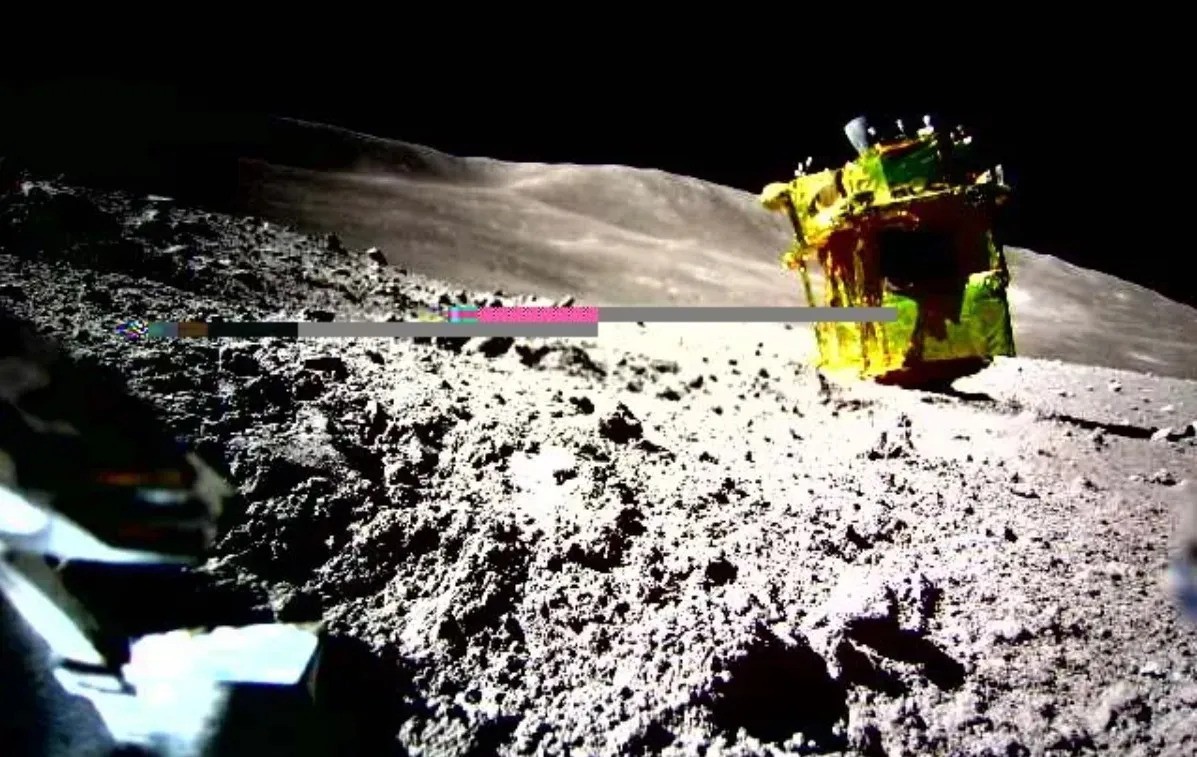The Japanese SLIM probe did not land on the moon very successfully in January. Despite this, it was able to continue its work even after a very cold night that lasted several days. However, it has now been euthanized again.

SLIM probe
The Japanese space agency JAXA reported on Monday that engineers had to put the SLIM lunar probe back to sleep. The history of this spacecraft, which is called the Moon Sniper, is extremely dramatic. Its development began back in the mid-2010s and it was supposed to lead Japan into the leaders of our moon research.
However, its launch was postponed all the time for various reasons. It took place only at the end of 2023 and turned out to be extremely important for the Japanese space program, which was trying to overcome a series of accidents. In January, SLIM tried to land and at first it seemed to everyone that it had crashed. However, later it turned out that the attempt was still quite successful, although it sat down at an extremely unfortunate angle and this did not allow the use of its solar panels.
But despite this, SLIM continued to function and even let the LEV-2 micro-rover surface. This allowed Japan to officially become the fifth country to make a soft landing on the moon. However, then a night lasting 14 days came for the spacecraft and scientists did not really hope that it would be able to activate again after it. However, the spacecraft got back in touch in February.
Resurrection on the Moon
In early March, the second lunar night came for SLIM. And this time, scientists again did not expect it to survive. However, last week the spacecraft came to life again and contacted the Earth, which made everyone very happy and surprised. After all, the temperature drops to -140 °C on the Moon at night.
The engineers checked the probe’s systems and came to the conclusion that everything was fine with them. And on Sunday they decided to put it to sleep. Specialists try to maintain the functionality of the multispectral camera on the spacecraft for as long as possible. It can be used to study the composition of rocks. They contain igneous rocks that tell us about the formation of the celestial body closest to us.
According to phys.org
Follow us on Twitter to get the most interesting space news in time
https://twitter.com/ust_magazine


